Anaesthesia: An Interview with Valentina Abenavoli, by Lisa Stein
9 Jan 2017
Lisa Stein: Paging through Anaesthesia I could not help but think of a quote from Regarding the Pain of Others, Susan Sontag’s essay on photography as a medium for the representation of war and violence, in which she examines Virginia Woolf’s reflections on images of war: ‘not to be pained by these pictures, not to recoil from them, not to strive to abolish what causes this havoc, this carnage—these, for Woolf, would be the reactions of a moral monster’. The title of your book points to the increasing numbness we feel towards these types of images. Can you tell us a bit more about the process of making Anaesthesia, how the title is indicative of your own feelings towards images of violence, and how they are used by the media?
Valentina Abenavoli: Wounded, swallowing blood and sperm, being digested without even realising and spat out again. This is how broken the moral monster is. The Leviathan crawling within all of us. To understand evil is to accept human finitude. Perpetrating immorality is a prerogative of the impossibility of comparing oneself to another, of truly finding oneself close to another. And cycles of hurt and sorrow are handed from person to person in an unsettled, contradictory order. Empathy often lacks imagination and its failure is not just a struggle of emotional intelligence or an impoverishment of values, but also a question of being involved first-hand. Nihilism has spread into the last flash of humanity, vacillating between a never so contemporary selfish attitude, along with its personal benefit, and the meaningless consumeristic life in which the same attitude finds ground. Since humanity tends to objectify itself there is no space for sharing empathy, only for exploitation and manipulation. Is it really possible to feel and participate in someone else’s experience, just by looking at images of any type of horrific violence, when it is not directly happening to oneself? And how can the effect differ when one feels personally involved in the picture?
Humans are adaptable beings, characterized by the self-referential attitude of encoding information depending on the level of personal implication. Furthermore, a recent study has found that human attention span has shrunk from twelve seconds to eight in just over a decade, comparable to that of a goldfish. The brain is becoming disengaged from stimuli and it is continuously learning how to redirect its attention. Numbness is indeed a refuge of the mind whereby it protects itself from too much pain; a clearly anxious effect, an apathetic turn over the mass media, contaminated nowadays by the use of technology, the paradox of choices and, consequently, a decrease in care. Often in photography, and in art in general, any kind of empathetic feeling is overwhelmed by a mere interest in the aesthetic of the medium, which strives to adorn even the most horrible event, depriving the relevance of the subject’s pain the same image claims to portrait. If documentation is at stake, the falsification of reality comes along. Mass media offers a stagnation of empathy, rather than viability, together with a big amount of manipulation.
The idea for Anaesthesia came to me in November 2015, on the night of the attacks in Paris. I was in Istanbul at the time, depressed and medicated in a foreign country, trying to survive a tremendous breakdown experienced the previous year.
That night, drowned by the shock of watching the news from far away, someone asked me why these attacks affected me so strongly. I honestly didn’t consider the cultural awareness of violence others might have, replying that I felt personally involved in the collective trauma because there were people I knew in the same place where the attacks happened. It was as simple as that; people I knew were there and it could have been me. I was told, however, how it was easier for other countries to overcome the shock through a sort of habit, forced and prolonged, and collective. A lucid, yet cynical thought I willingly embraced. The person who questioned my reaction was a soldier.
It took me several months to overcome some of my own demons, to start functioning again in order to work, but as 2016 was passing by, and news broke of further terrorist attacks, all of these overlapping experiences resulted in a search for empathy; I needed to understand to what extent human beings have shifted perspective with regard to shared experience, and how much individualistic rather than empathic one can be, after a long exposure to violence and pain. My emotional state was heavily manipulated by the suffering around and within me. Eventually, the script started unfolding, and another word found ground to impose itself over my original research on empathy. The word was evil.
This profoundly immoral, supernatural force, recalling deities and monsters; this magmatic energy that occasionally comes to the surface through cracks and eruptions; this selfish and individualistic property that exists within all human beings, independent of nationalism or cultural identities, moved by needs and desires.
I began to resize my own pain by going through someone else’s, and it didn’t feel immoral to me to experience disparities of closeness. From the very beginning it became evident that Anaesthesia was the only possible title for my book. It grew from the need to rationalise why a woman crying over her dead son was more powerful and moving than the sight of stacked bodies in a scorched land. Life that continues, baring the evil, and death that happened: one is more difficult to accept than the other.
I believe we cannot empathise with suffering if we don’t experience it fully, and still, the projection of someone else’s absolute (pain) will always be limited in how it can be shared.
This is why the book drifted between the two words, evil and empathy. One is a reason, the other is a mirage.
LS: Anaesthesia comprises stills and captions from your short film The Horror of Love, paired with quotes by essayists, philosophers and poets. How did you go about collecting material for these works, which combine found footage with outtakes from documentaries and excerpts from private conversations, and how do you think they differ in terms of how they affect your audience, given the addition of sound in the film and the added literary content in the book?
VA: The Horror of Love is a short film produced for a solo exhibition (Jest, Turin, 27 th Oct – 13 th Nov 2016); it is an alternative take and extension of the book. While in Anaesthesia all the images are screenshots taken from videos on Youtube and Liveleaks, and the critical and distant attitude is that of an editor, the film includes several private videos I shot in Turkey. The Horror of Love can be considered a more sentimental take on the same subject matter, and, to be completely honest, more ethically grounded with regard to why the original work was made. My face, my depression, my own demons and parts of private conversations are there. The entire film is an experiment aimed at abolishing the distance between the subject and the viewer, who recognises similarity to the subject, resulting in a quasi-identification, appropriating words addressed directly to the audience in the second person. The subtitles are a rebuke to the Western individualistic attitude, paired, out of description, with confusing scenes of people running away, on the battlefield or after terrorist attacks.
‘Your love’, ‘your indifference’, ‘your crisis’ etc. are intended to be a sort of ‘mirror neuron’ stimulus, a lyrical activation of the senses aimed at provoking empathy by imitation, an implementation of the ambiguous yet academic text included in the book. The soundtrack to the film is haunting Turkish electronic music called Kime Ne, [Who cares?], performed by the group Insanlar.
The aim of Anaesthesia is to be an editorial work, in which my presence—even if extremely evident in the choices and preferences—is hidden behind the words and videos of someone else. It is a lament comprising several voices, where quotes as well as images are extrapolated from their original context, taken as absolute concepts and connected to each other as if it was, for example, an ancient Greek tragedy chorus, and not just one person with all his/her identity references. For a little under three months, between April and June 2016, I forced myself to view the most horrific videos the Internet had to offer: documentaries, amateur footage, propaganda, news, debates; mostly about Syria, Iraq and Turkey. Although it was easy to spot how the news had been manipulated, how captions shifted in support of one side to another, I preferred videos over photography. While the aesthetic of a still image comprises the choices of the photographer, who intervened in the subject’s experience and added a sort of beautified template on to it, videos are often just a rough recording of a scene happening independently from the cameraman’s intervention, and are slightly more objective. I overcame the search for an analytical point of view by considering the heterogeneous material as homogeneous. Thousands of screenshots of non-fictional material, viewed together, became a new, fictional documentary; a type of story of what history was, in the moment it was happening. And the mood experience expressed in the book is a balance between my direct experience of the pain and the meta-level of others’ mood, consisting of thoughts about a collective experience and its representation by the media.
LS: Staying on the topic of sound, Anaesthesia makes use of subtitles, which refer to the spoken word ([sometimes I manage to shoot one or two]), and captions, which are used to describe sounds ([she slaps her face fiercely]) in a very interesting way; it is an additional sensory obstacle—since the text never actually corresponds to the images we see—that the reader must overcome. How important is this disconnect between text and image to the experience of Anaesthesia?
VA: Anaesthesia is like a silent movie on paper, a symphony in which visual instruments support each other. One of the prerogatives of sound, which can cause an emotional reaction through its universal language, always fascinated me: its comprehension transcends cultural and social references. In translating the script of a fictional documentary into a photobook, I decided to keep the fascination of a sensorial experience; implementing the ‘idea’ of sound, although it is inaudible. The graphically recognisable subtitles, proper to the medium of video, are a kind of subversive act to the limits of the print medium. Nothing is heard, as well as nothing of what you read is actually seen.
Visually, the same is achieved by breaking the boundaries of one spread per time; sequencing long scenes into apparent repetitions, mixing different images with several voices claiming to be absolute over the person who is actually speaking. The quotes by essayists, philosophers and poets, on the other hand, act like images that are not shown, or not found. They are necessary to direct the reading without the use of captions or informational text. The practice of mixing text and images that do not correspond to each other offers no explanation; rather, it instils a sense of ambiguity open to interpretation. It falsifies the images, and forces us to ask ourselves what we can see, and what we know.
Moreover, most of the videos I watched were in a language I could not understand. Often English subtitles were added at a later stage, by an unknown individual, whose reliability was not guaranteed. In Turkey, on countless occasions, I would witness conversations in a language I hardly understood, but instead of moaning for the solitude I was dragged in, I used my imagination, which allowed me to pick up on particular words and facial expressions. It was a positive experience which served as the kind of visual empathy I was aiming at, placing semiotics into a more emotional reading, like it was a nonverbal manifestation of emotions. I felt as if I had companions to my dark thoughts, without the effort of listening to them, or understanding them, but with a noise able to silence my own suffering.
LS: In her essay Sontag refers to three photographs taken by Tyler Hicks for the New York Times, which depict the execution of a wounded Taliban soldier, noting that ‘the pity and disgust that pictures like [these] inspire should not distract […] from asking what pictures, whose cruelties, whose deaths are not being shown’. I noticed that whereas your film purports to be ‘mostly about tortures inflicted by Americans and the evil of Western culture’, Anaesthesia takes a more impartial approach; indeed, in her foreword to the book, Veronique Pin Fat observes that in editing, rather than authoring Anaesthesia, you seek ‘to perform a “declaration of neutrality”’. Why the change in tone from the film to the book? How important was neutrality to this project?
VA: To achieve absolute neutrality in both the book and film was always going to be a hard endeavour, accomplished on some levels. I did not aim to be wrongly accused of Islamophobia on account of a hypothetical, impartial selection of images from the Middle East, and I would not pretend to be a faux moralist based on the text and images I chose to include. By repeatedly taking screenshots and selecting from countless stills produced, what began as a creative act became increasingly editorial: choosing material I considered to be as authentic as possible, whilst disregarding the original intent with which the videos were made. Questioning the evil within us and eluding its opposite ‘good’ was also necessary to support the ‘neutral’ position towards humanity: I considered it all potentially evil. A drastic and extreme point of view, from whose contradictions the critical matter takes place.
I clearly remember the excitement of discovering the ambiguity inherent in the decontextualised images, which allowed for various interpretations of the subject matter. For instance, the picture of a veiled woman, arrested after she failed to detonate a suicide vest, would become a beautiful and almost peaceful portrait, in which her gaze stares at the viewer, mourning possible victims of a possible war waged by someone else, presumably considered to be on the ‘evil side’. This particular portrait is included in a ‘scene’ of the book in which even death assumes an ambiguous meaning.
To be honest, talking about the general concept of evil in human beings it was hard to not be fascinated by the different ‘aesthetics’ produced by two factions and cultures: the West and the Middle East. Western violence is expressed silently and almost invisibly, over years of cultural and political oppression. Evil is perpetuated through power and money. It is a constant, almost accepted, psychological and social violence against the weak. Conversely, the representation of violence in the form of a major spectacle is something we witness on the battlefield, in propaganda videos, in the media’s representation of the enemy as well as the terrorist attacks all over Europe. The same people who replicate Western evil—first capitalism, now neoliberalism—are both middle-aged and postmodern, visual communicators. Personally, I am fed up with the supremacy of Western society over the ‘Other’ and, towards the end of the book, a few lines spoken by a child in a refugee camp—just before a metaphorical sequence of a place with no way out (similar to the desert scene at the beginning)—summarise the responsibility of an evolutionary and progressive scheme that is imploding; a well-constructed machine that will never stop creating deep holes in humanity. It was interesting to avoid the use of mere symbols and to create a subtle, visual narrative that delivers the message of evil and violence associated with two opposing sides, and doesn’t accuse one or the other.
Both the book and film lack extremely shocking images. When the book was promoted before its release, many people expected to find spectacular images of violence, images that were hard to stomach, supported by a voyeurism that is often considered immoral, but which we are all used to practicing; a voyeurism that is still capable of producing fake compassion and closeness. It was absolutely unnecessary for me to include these types of images. I prefer a more radical and critical search of real empathy towards humanity, rather than creating propaganda, provoking shock and legitimising religious piety.
Ultimately, the book’s anesthetising effect towards images of violence is achieved by repetition; the constant exposure which leads to their normalisation means they become increasingly familiar and less traumatic. Those open to accept the manipulation used in the book, which is inspired by the media, are able to understand one of its intentions, which is to face the problem without compassion. I used subtle violence to deliver this message.
LS: In the opening pages of Anaesthesia we see nothing but a black rectangle. Only the captions, which describe the action unfolding behind the blackness, suggest change. It is like someone underexposed film, or forgot to remove a lens cap; like we are witnessing a failed attempt at recording an important event. The only ‘witness’ in this instance is the text. Personally, I saw this as a comment on the role photography plays in bearing witness, on its supposed objectivity, and therefore a very apt introduction to your book. How do you view art and documentary photography and their respective capacity to convey a political message? Which category do you think Anaesthesia falls into?
VA: The book floats between art and documentary photography, but it’s neither of them. If we look at the literal meaning of the term “documentary” photography, the “documents” are supposedly fact-related pictures with a wealth of basic information. In the past decades, we have indeed witnessed a significant use of subjectivity in telling stories and I think it would be naive to continue to distinguish between art and documentary photography, two categories that often overlap and merge together.
The black rectangles, used in combination with the subtitles, create a cinematic opening sequence. They act as an ambivalent form of censorship of images, and of feelings, opinions, understanding; they support the idea of evil as something external to humanity, created by humanity, and turned against humanity; a sort of machine approaching, from which any escape is impossible, a sense of guilt of being responsible and silent.
The book seeks to perform a sort of psycho-history, combining psychological analysis with methodological visual research of historical events. The contemporaneity of the event with its simultaneous analysis, falls, I think, in a subjective art practise, which does not explain but interpret. The act of decontextualising frames of videos, instead of shooting directly on the field, subverts the notable presence of the photographer affecting the scene and the unavoidable subjectivity in describing the event. In making Anaesthesia I placed myself in a position of ‘sober witnessing’ between the objectivity of a recording and the subjectivity of my choices, considering the recording as the fake reality we all experience.
LS: Another interesting aspect of the book is the format of the images, the majority of which are vertical rather than horizontal. Rather than a traditional handheld camera, the shape and orientation of these images invoke the smartphone and, in extension, the change in how we have come to view events unfolding: not filtered, through news channels, but, increasingly uncut, through the lens of the amateur photographer and filmmaker, the citizen, the passer-by. I am thinking here specifically of the recent videos documenting police violence against African American citizens in the United States. How do you think technology has changed photography and the way we experience news today? Was this a consideration when you made The Horror of Love and Anaesthesia?
VA: On July 15th 2016, the night of the Turkish coup, I watched the events through the live recordings of hundreds of people around Istanbul and Ankara. It was like watching a long violent movie, well plotted enough to go live almost in prime time all night long. Amateur photographers and filmmakers, civilians with no interest whatsoever in the aesthetic of the take, unaware of the great manipulation they were part of, recorded live events with the aim of sharing them on social media. This highly contemporary form of communication is a double edged sword: on one hand we have broadly accessible news; information that has been gathered in a more democratic manner, on the other we have to anticipate possible falsification of that same information, which is not controlled and likely to fall into the hands of the ignorant. I believe the recent increase in racism and nationalism is strongly linked to the liberalisation of the media and the financial system. Globalisation has led to the intensified opposition between the two faces of the same coin: coexistence of differences and fighting for the supremacy of one difference over another. The reliability of information is often not validated by proof and we are moving towards what Umberto Eco refers to as the “invasion of the idiots”, a Darwinian social media regulated world in which the strongest are not only the richest in society, but also the loudest in claims. The dangerous way in which we come across news today lays within those assumptions. While we often do not recognise the danger, we surely accept the amnesia that comes along with it.
The experience of watching live recordings was the closest technology would ever get me to reality. At the same time the material was ambiguous, with no clear intentions, with no identifiable manipulation, staged and yet unpredictable; a call for democracy via FaceTime and through the megaphones of mosques. In terms of its apparent reliability, the footage was similar to that of the Arab Spring: my scepticism tells me that what we see is always manipulated from above, for interests bigger than popular subversion. It is the perk of accepting an outdated totalitarianism, a complete control of minds and powers, a middle age era in 2016, a position supported by technology and social media.
That night I realised that nothing would have been as it was before. The world was collapsing under the weight of the so called future, spectacularised in real time. That night I took the last pictures to close the book, and, what started in Turkey ended there.
Valentina Abenavoli was born in the 80s in Naples (Italy). She prefers reading photography in lyrical sequence and being constantly on the edge between awareness and reveries. After a degree in photography, a master in book publishing and several odd jobs, she founded AKINA, together with Alex Bocchetto. Their independent publishing house edits and produces challenging photobooks in limited editions, often handmade.
The image-text pairings above are curated by our managing editor Lisa Stein.
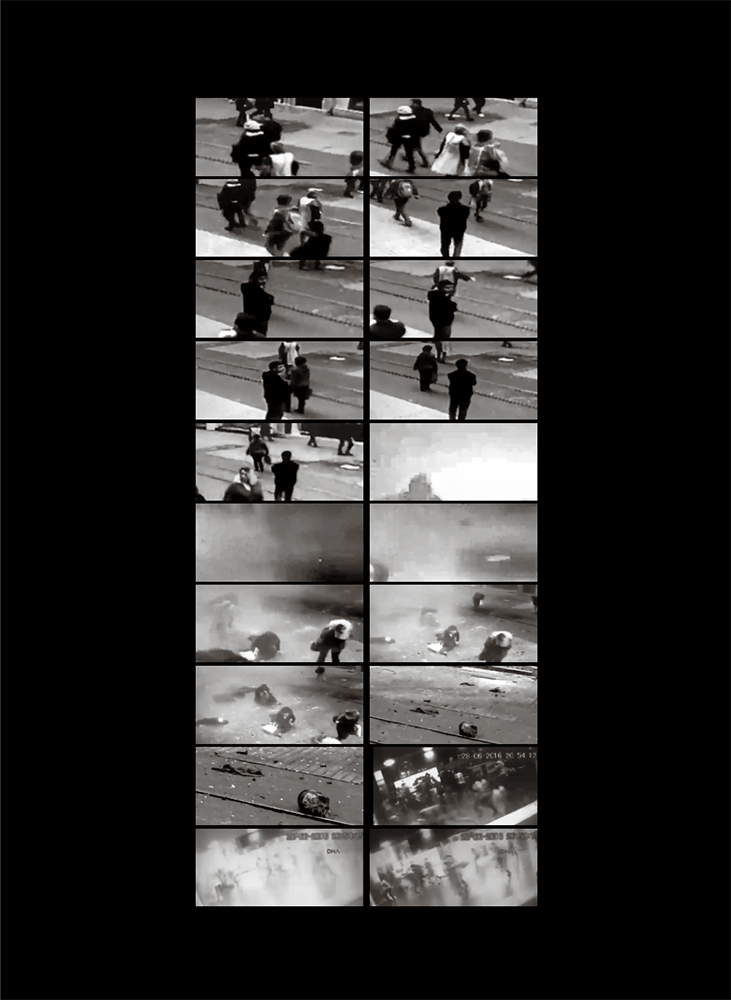 From the book Anaesthesia, edited by Valentina Abenavoli, published by Akina Books, 2016
From the book Anaesthesia, edited by Valentina Abenavoli, published by Akina Books, 2016
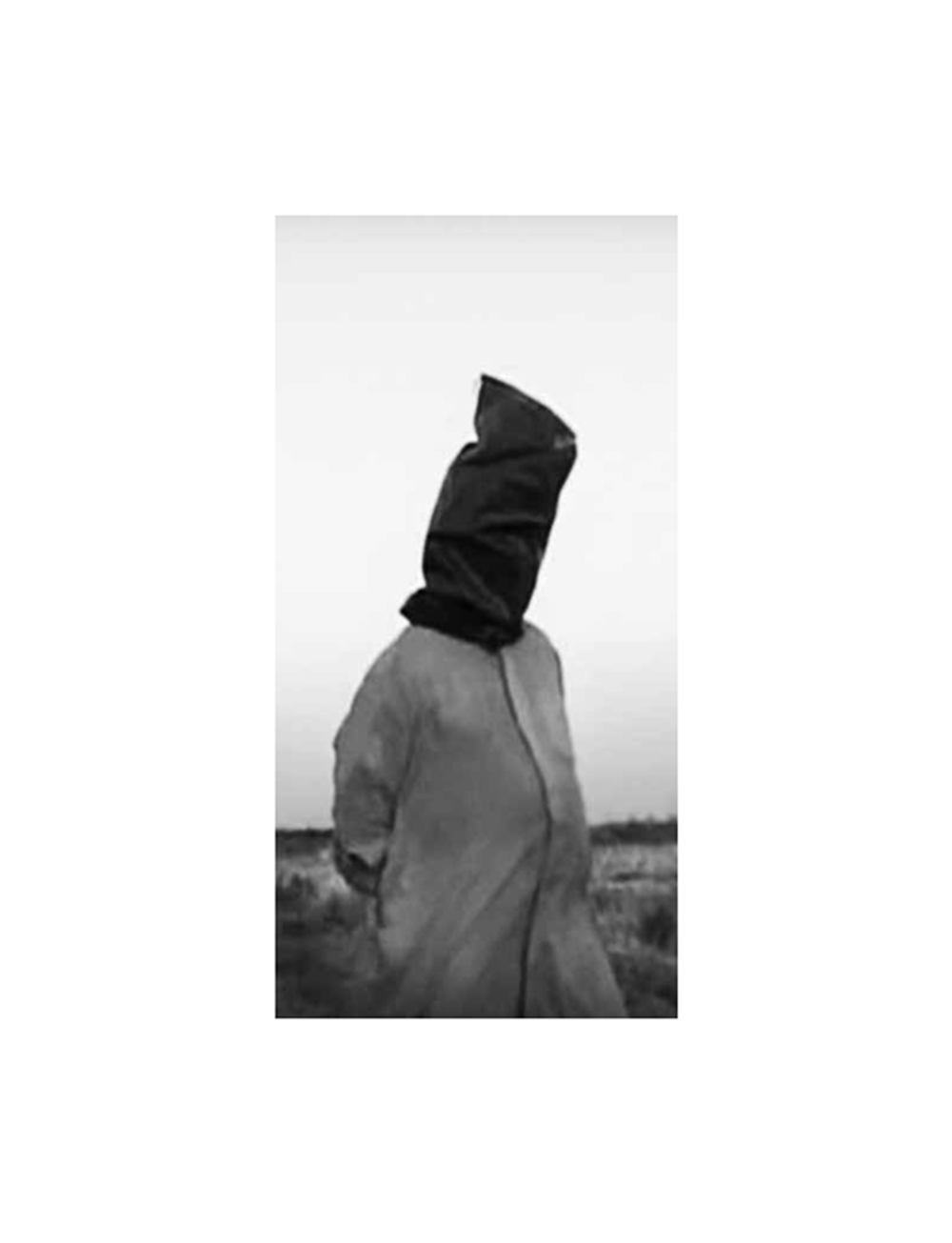 From the book Anaesthesia, edited by Valentina Abenavoli, published by Akina Books, 2016
From the book Anaesthesia, edited by Valentina Abenavoli, published by Akina Books, 2016
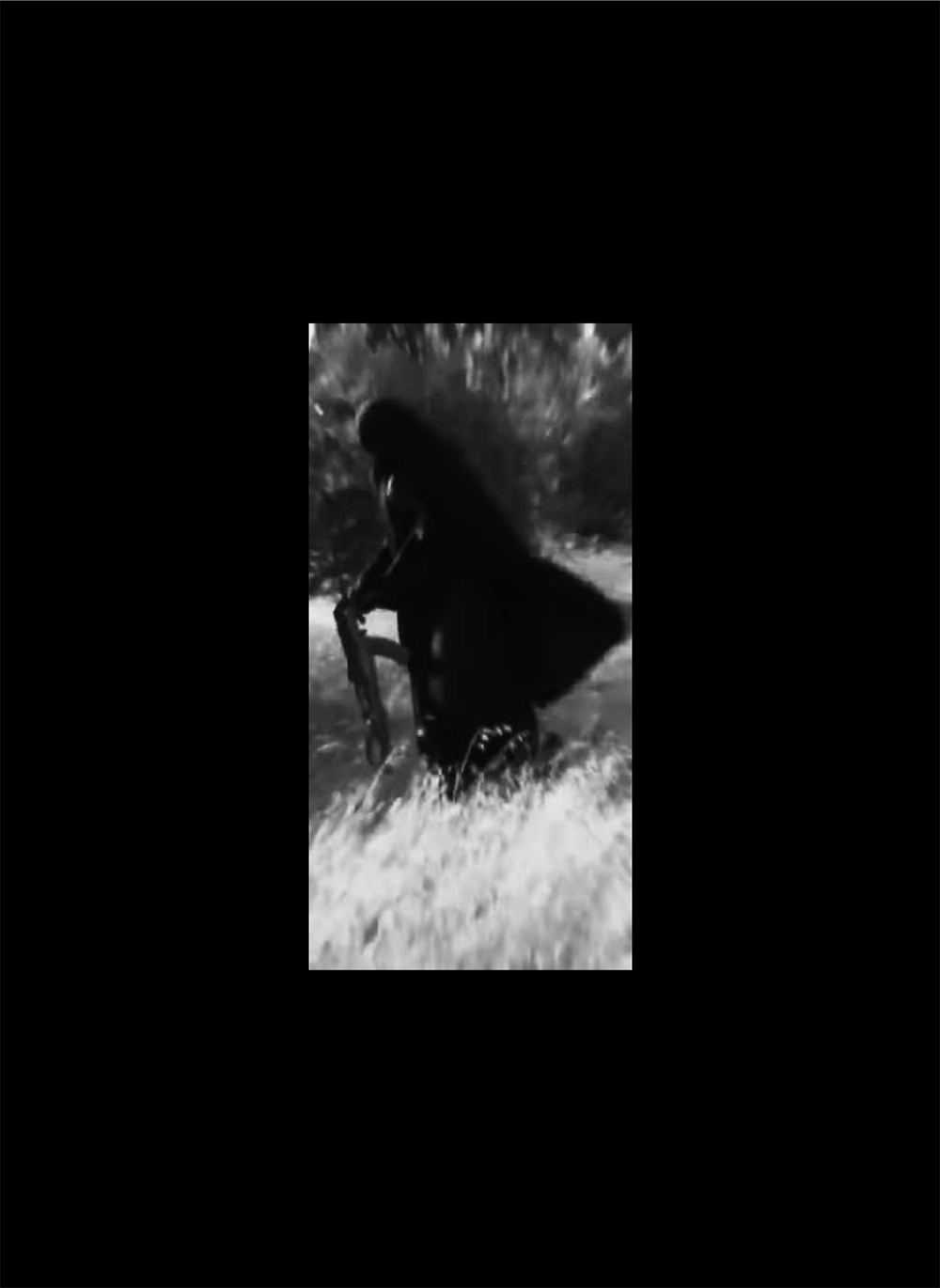 From the book Anaesthesia, edited by Valentina Abenavoli, published by Akina Books, 2016
From the book Anaesthesia, edited by Valentina Abenavoli, published by Akina Books, 2016
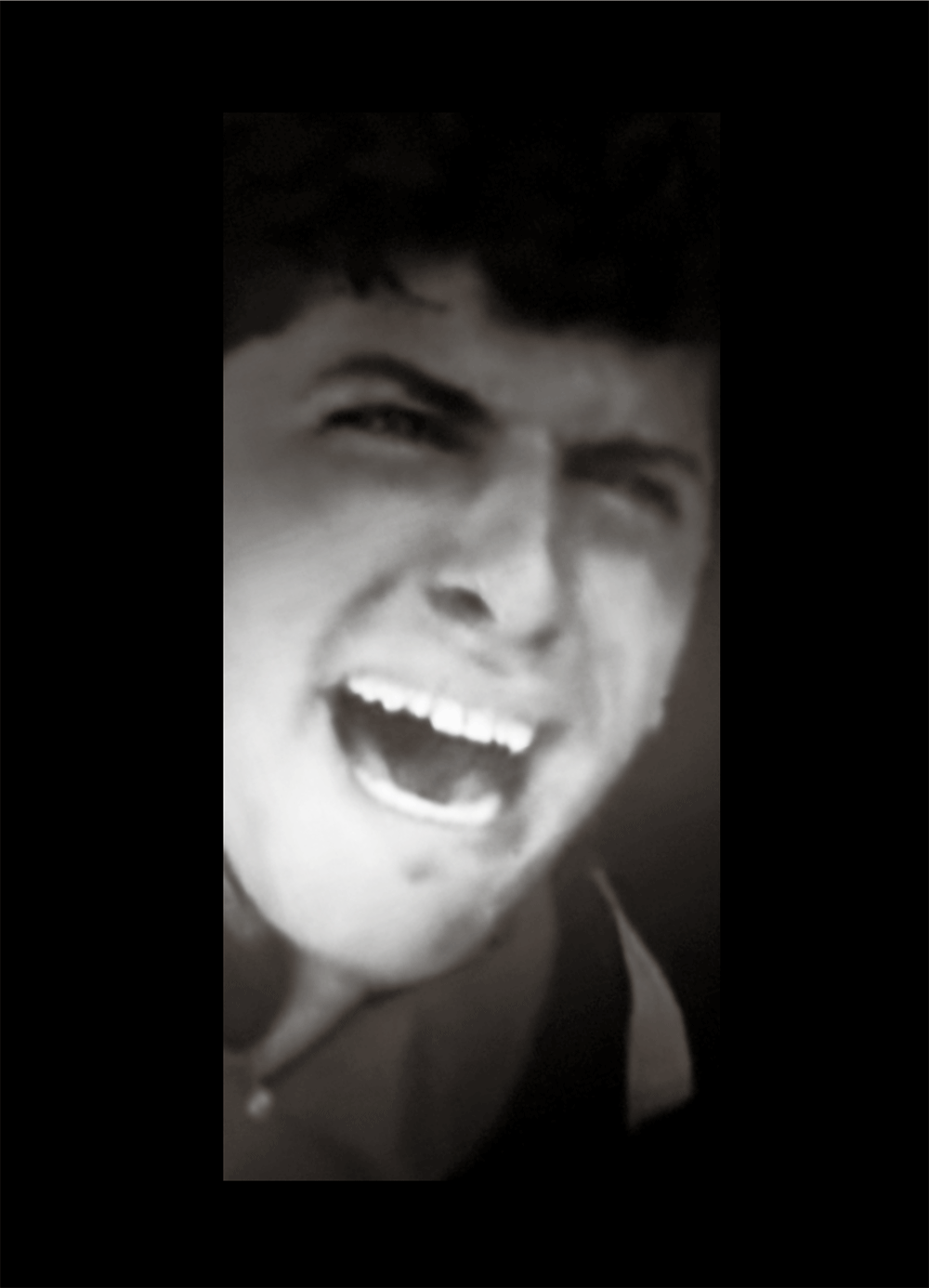 From the book Anaesthesia, edited by Valentina Abenavoli, published by Akina Books, 2016
From the book Anaesthesia, edited by Valentina Abenavoli, published by Akina Books, 2016
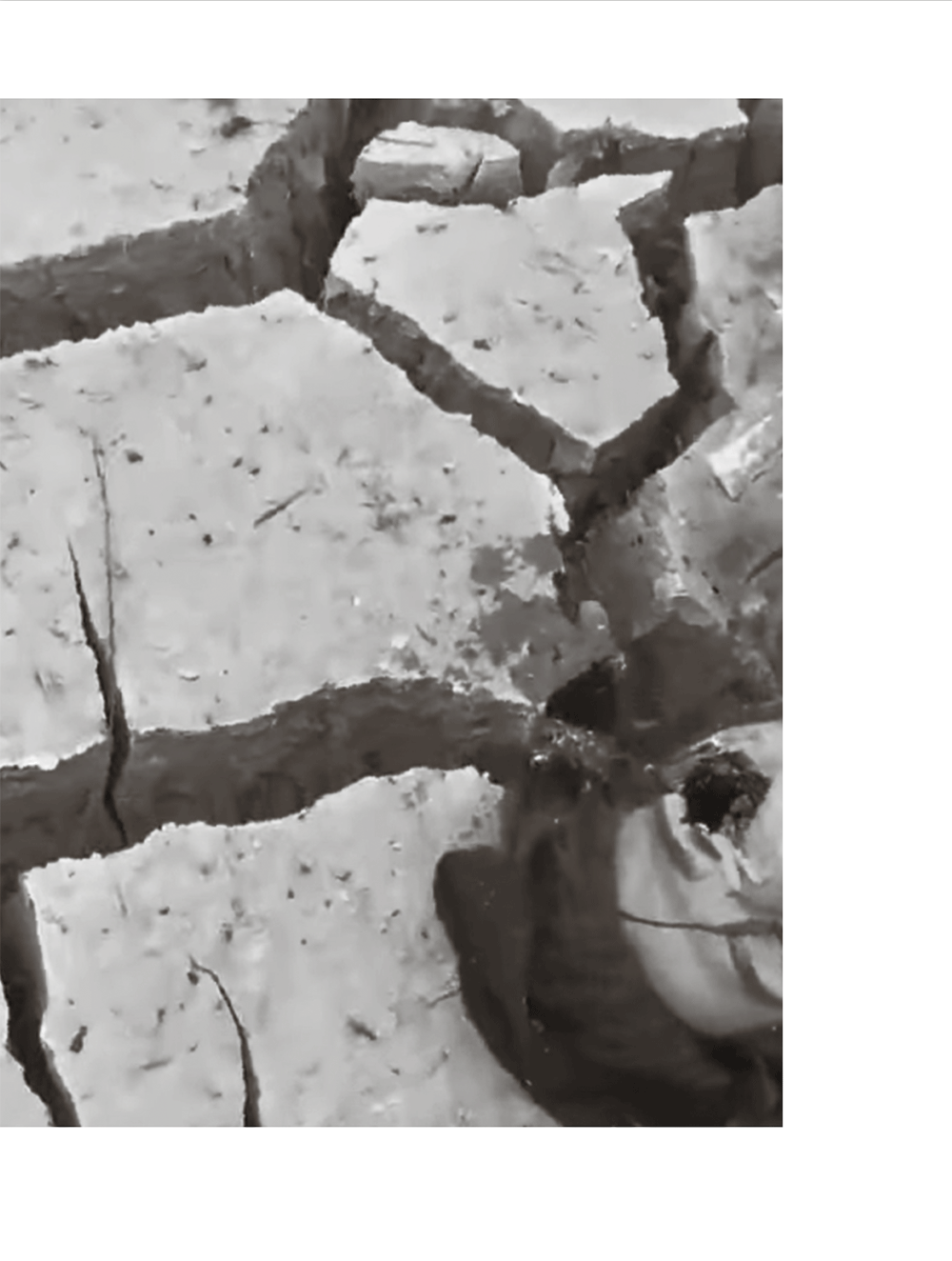 From Anaesthesia, ed. Valentina Abenavoli, published by Akina Books, 2016
From Anaesthesia, ed. Valentina Abenavoli, published by Akina Books, 2016
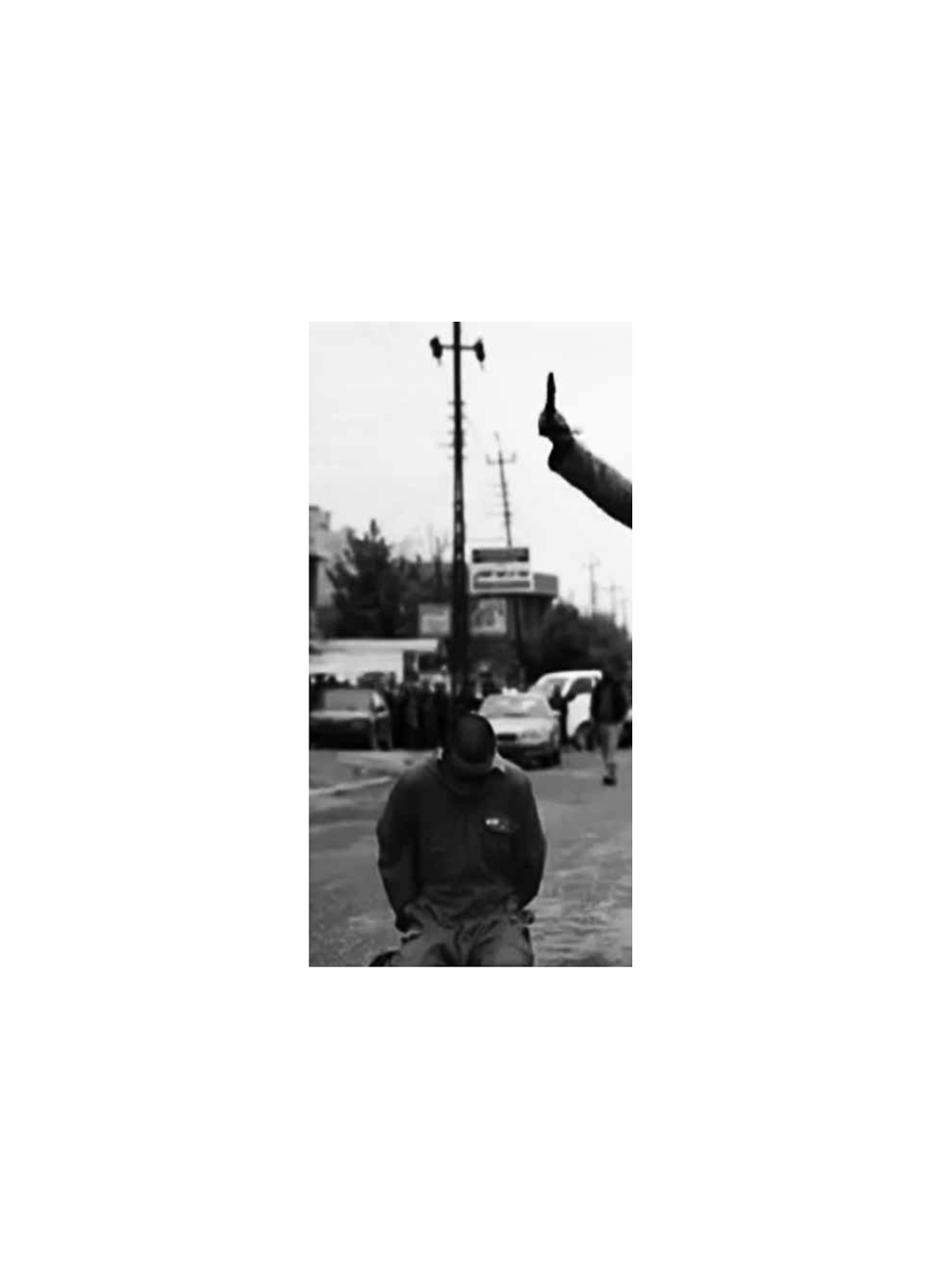 From the book Anaesthesia, edited by Valentina Abenavoli, published by Akina Books, 2016
From the book Anaesthesia, edited by Valentina Abenavoli, published by Akina Books, 2016
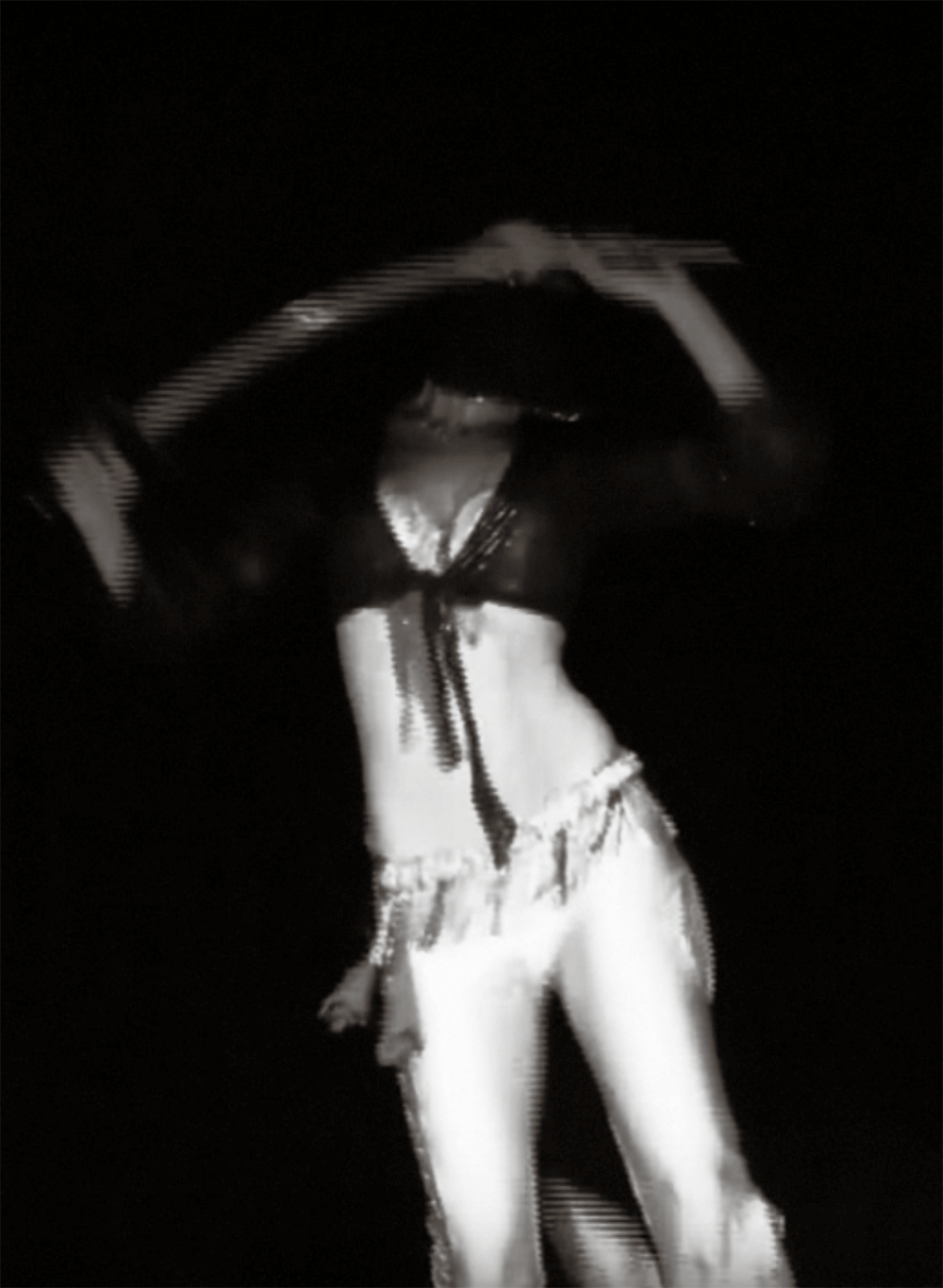 From the book Anaesthesia, edited by Valentina Abenavoli, published by Akina Books, 2016
From the book Anaesthesia, edited by Valentina Abenavoli, published by Akina Books, 2016
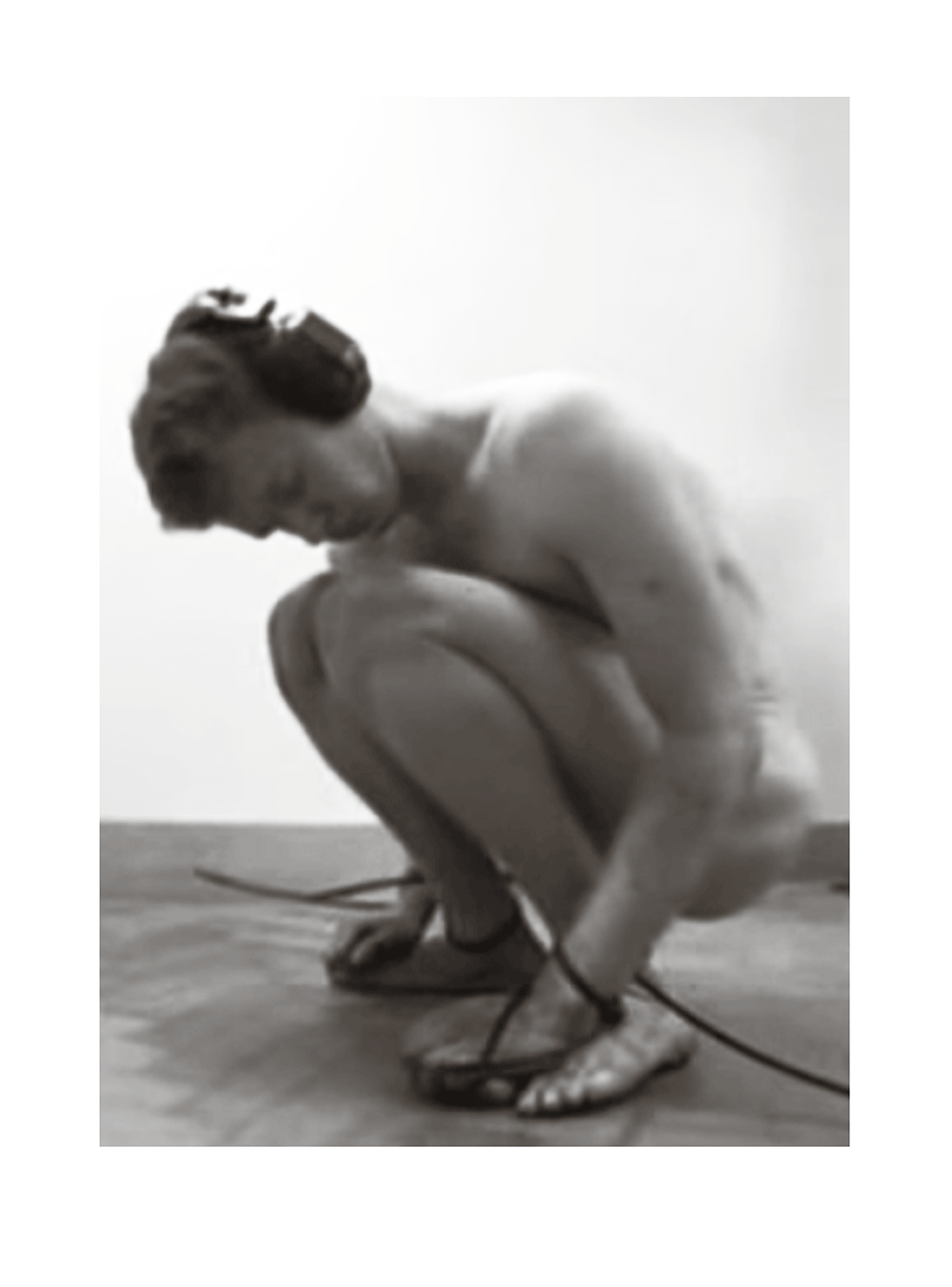 From the book Anaesthesia, edited by Valentina Abenavoli, published by Akina Books, 2016
From the book Anaesthesia, edited by Valentina Abenavoli, published by Akina Books, 2016
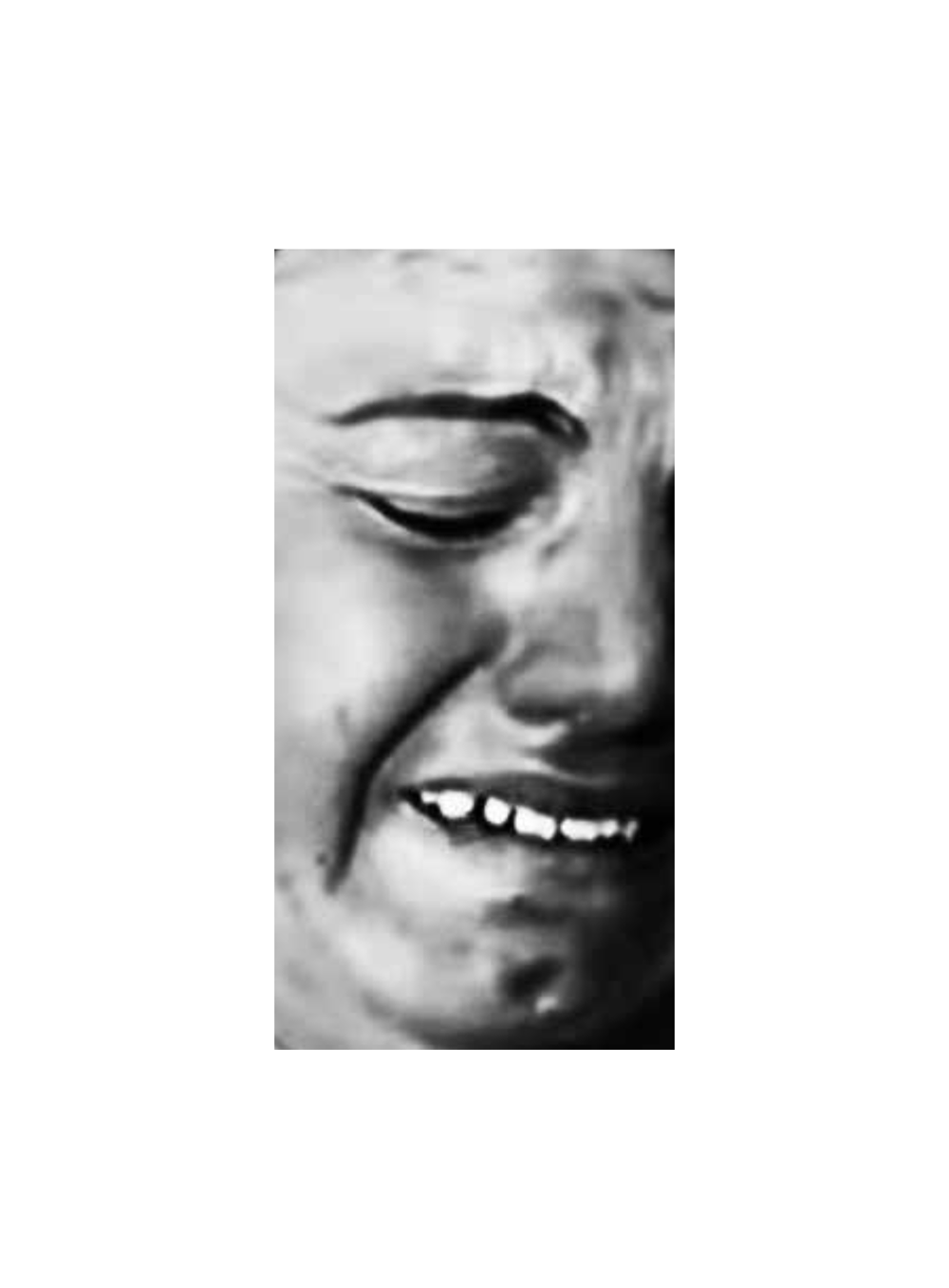 From the book Anaesthesia, edited by Valentina Abenavoli, published by Akina Books, 2016
From the book Anaesthesia, edited by Valentina Abenavoli, published by Akina Books, 2016
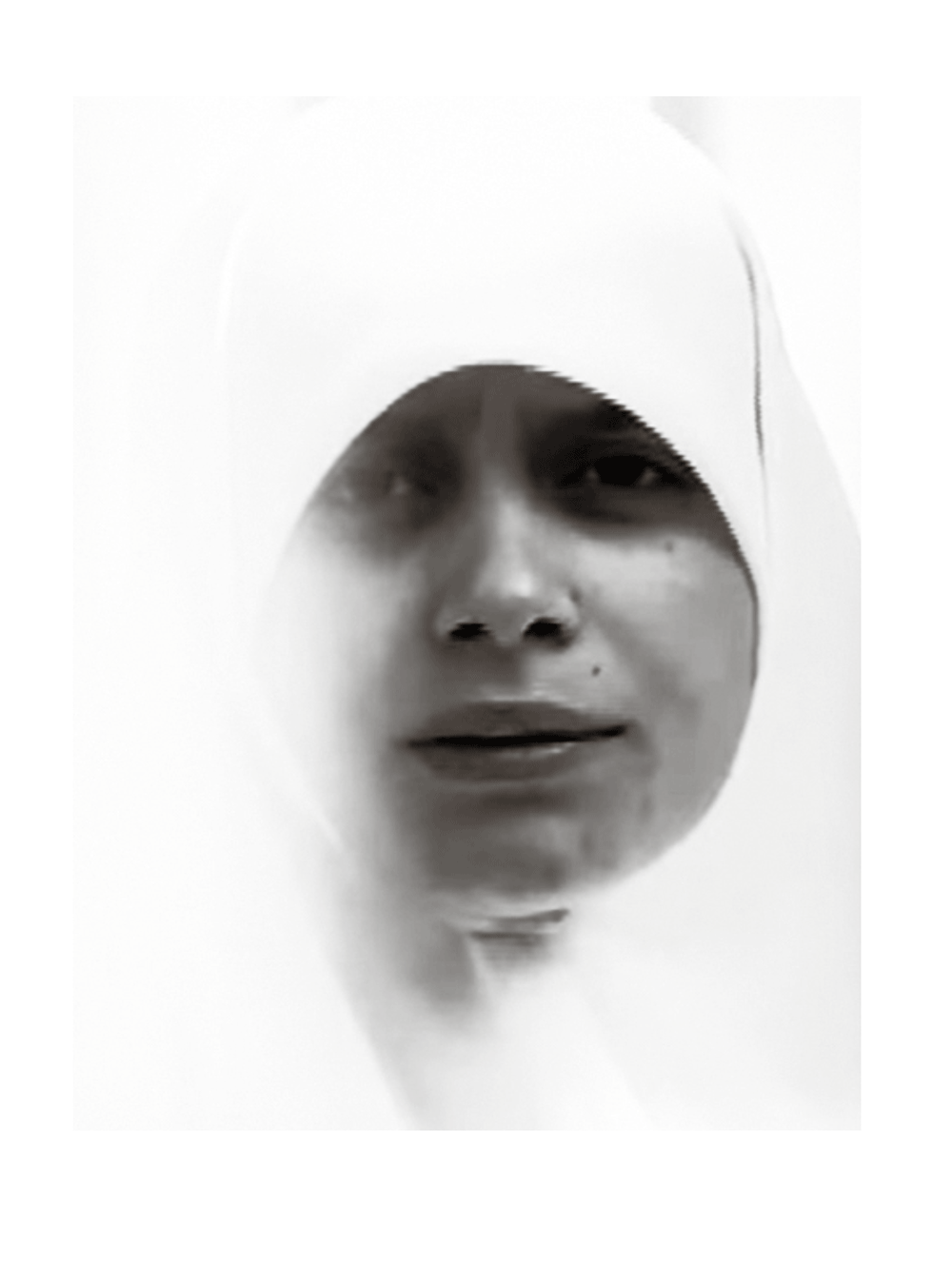 From the book Anaesthesia, edited by Valentina Abenavoli, published by Akina Books, 2016
From the book Anaesthesia, edited by Valentina Abenavoli, published by Akina Books, 2016